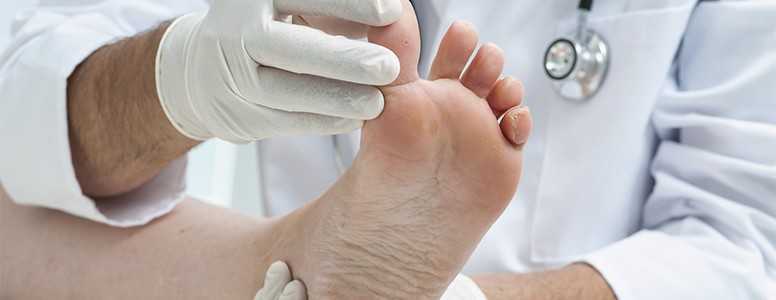Real-world evidence from a study by a foot “smartmat” company shows that such a device helped catch diabetic foot ulcers earlier than looking for external signs, like poor circulation or changes in colour.
Diabetic foot problems, such as nerve damage, ulcerations and infections, are one of the most common causes of hospitalisation amongst people with type 2 diabetes.
A foot ulcer may involve only the surface skin at first, but it can also grow and spread very deeply to extend through the skin as well as in and around tendons and bones.
The idea behind this mat, created by the startup Podimetrics for an MIT sporting event in 2011, is to sense any pain that would go amiss in people who already have nerve damage, which stops them from feeling injuries in their foot.
Applying pressure on undetected wounds over time can lead to repetitive scarring of tissue in the foot, foot deformities or peripheral artery disease, which creates a breeding ground for ulcers to form.
The mat used in the study is called the Podimetrics Remote Temperature Monitoring System which, as the title suggests, is designed to assess patients’ feet with temperature difference at various locations in the feet.
Temperature becomes the delta as the system can read and understand the concept of wound inflammation, a response triggered by damage to tissue in the foot that contributes to the rise in temperature at the injury.
Skin frictions leave the skin swollen and tissue heats up as inflammation sets in and the same can happen in deep foot tissue prone to ulcers. The mat probes for elevations in temperature locally to detect them.
A patient steps on it for 20 seconds at a time, at least three times a week, and it measures the temperature at different areas of the foot looking for a “hotspot,” or a place where the temperature is persistently higher than in other areas.
The concept, tested in 129 patients as part of findings published in Diabetes Care, detected as many as 97% of developing so-called nontraumatic plantar foot ulcers, on average five weeks before standard of care alone.
The system also alerts physicians, on demand, with notifications when the data show that inflammation starts to develop in the foot of a patient, and he or she can then be advised whether to exercise less for a period to let the wound heal or to come in for a visit.
What's new on the forum? ⭐️
Get our free newsletters
Stay up to date with the latest news, research and breakthroughs.





